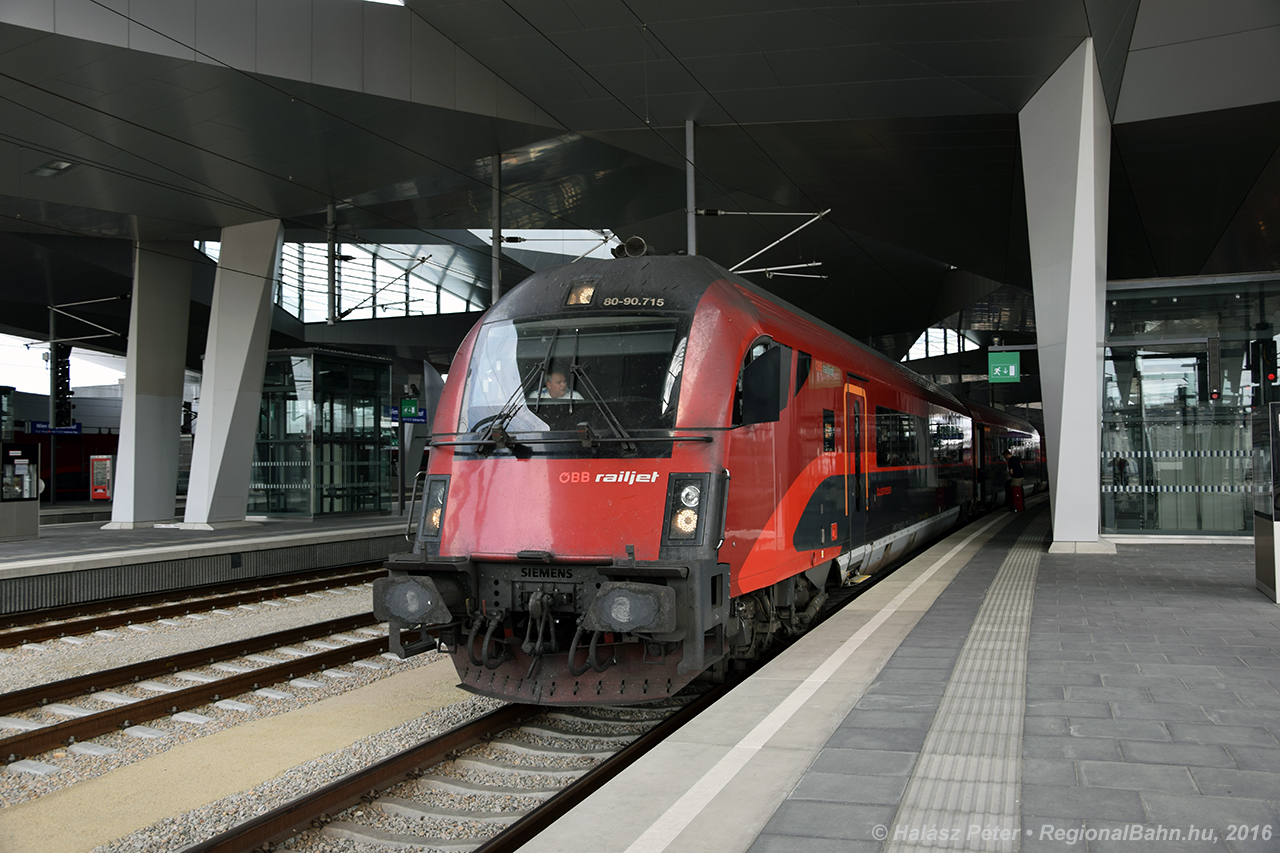Budapest-Vienna railway line to be renovated soon!

The connection between Budapest and Vienna is reinforced by a total of EUR 70.4 million (~HUF 25.6 billion) worth of insurance equipment, central traffic management and other system developments – revealed by the Ministry of Innovation and Technology (ITM).
In this EU cycle, Hungary won a total of EUR 995.8 million (~HUF 362 billion) CEF support for its 57 transport development projects.
Developments with an investment value of 1.8 billion EUR (~HUF 670 billion) include:
- the complete quadrupling of the M15 and M70 motorways, which was completed last year,
- Construction of the Komáromi bridge over the Danube, which was inaugurated this September.
- The Kelenföld-Százhalombatta-Pusztaszabolcs and Rákos-Hatvan railway line sections; as a result of which direct flights could be started between the capital and Eger every hour a week.
Read also: The wonders of Hungary’s Eger region – Video
And finally, one of the most significant is the development of international railway on the Kelenföld-Hegyeshalom line.
As the Hungarian news portal Origo reports, within the framework of the project, a complete renovation of safeguards and modernisation of train control and central traffic management systems will be carried out.
The implementation of the project can start next spring.
According to László Mosóczi, under-secretary for transport policy – “As a result of the interoperability interventions, travel time can be reduced by a quarter of an hour, and the timetable will be expanded to the Austrian capital and Western Europe”, adding that “all the conditions have been given for the implementation of the development that will help the competitiveness of environmentally friendly railway transport and the strengthening of the economy.”
Source: origo.hu



Cutting the journey with 15 minutes means nothing. Vienna is 243 km away. The train ride should take 60 minutes, it is technological feasible since 1998. That would be (delayed) progress